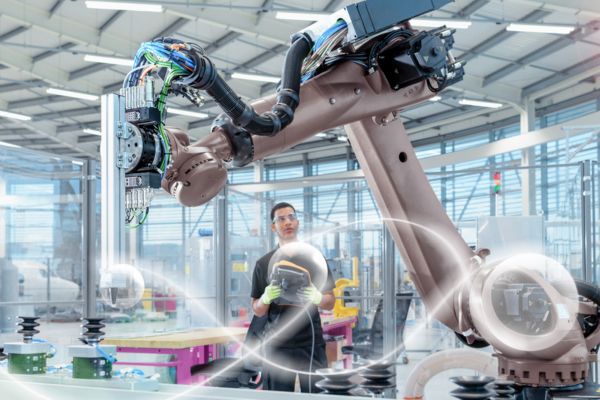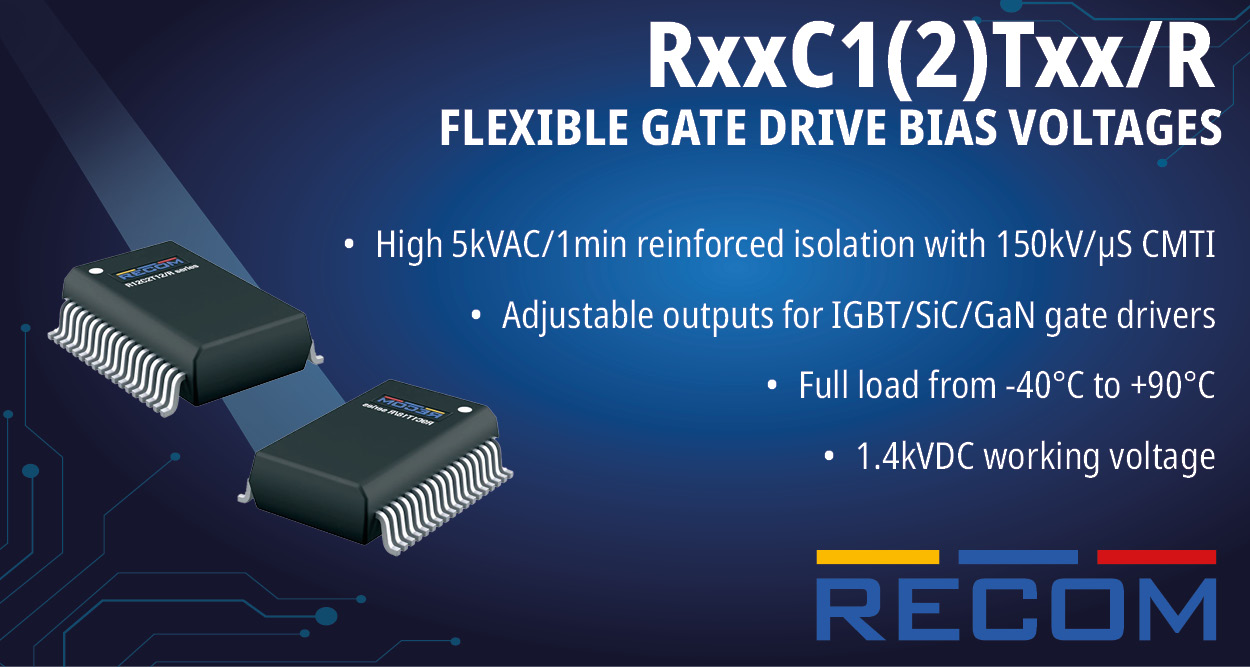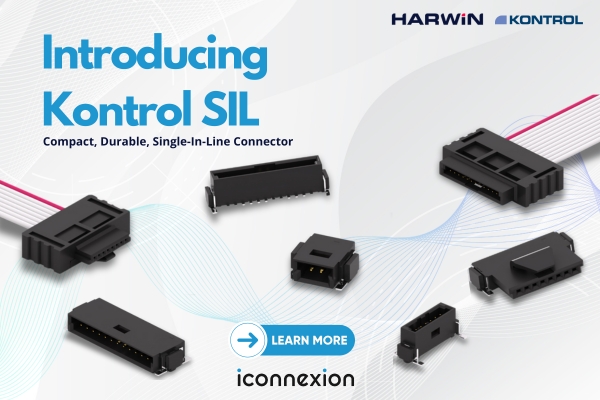As manufacturing transitions into the era of Industry 4.0, smart factories are becoming a reality, driven by advanced automation and interconnected systems. At the heart of this transformation are machine control systems, which enable seamless coordination, precise operation, and adaptive decision-making across complex production environments. For industry experts, understanding the evolving capabilities and potential of machine control systems is critical for harnessing their full impact on smart factory operations. According to the Consegic Business Intelligence report, Machine Control System Market is estimated to reach over USD 10,858.22 Million by 2032 from a value of USD 6,379.21 Million in 2024 and is projected to grow by USD 6,725.60 Million in 2025, growing at a CAGR of 7.5% from 2025 to 2032.
Enabling Real-Time Operations and Decision-Making
Machine control systems serve as the operational backbone of smart factories by facilitating real-time data acquisition, processing, and execution. Modern systems integrate sensors, actuators, and programmable controllers to enable autonomous operations.
Advanced control systems leverage edge computing and AI algorithms to process data locally, ensuring minimal latency and faster responses to dynamic conditions. For instance, in a bottling plant, sensors detect fill levels, while controllers adjust flow rates in real-time, maintaining precision and minimizing waste.
Moreover, machine learning models integrated within control systems enable predictive adjustments, reducing downtime by identifying anomalies and potential failures before they impact production. This ability to predict and adapt forms a cornerstone of the smart factory concept.
Enhancing Connectivity and Interoperability
The essence of a smart factory lies in its interconnected ecosystem. Machine control systems are pivotal in achieving interoperability across heterogeneous systems and equipment, enabling seamless communication between legacy machinery and modern IoT-enabled devices.
Protocols such as OPC UA and Ethernet/IP facilitate standardized communication, ensuring compatibility and data flow across various devices and systems. For example, a control system can synchronize robotic arms, conveyor belts, and inspection cameras within a production line, optimizing throughput and maintaining consistent quality.
Additionally, integration with enterprise resource planning (ERP) and manufacturing execution systems (MES) allows machine control systems to align factory-floor operations with broader business objectives. This interconnected approach ensures a unified flow of information, from supply chain logistics to production scheduling and quality assurance.
Driving Flexibility and Scalability
Machine control systems empower smart factories with unparalleled flexibility and scalability. Modular architectures enable manufacturers to adapt production lines to changing demands without extensive reconfiguration or downtime.
For instance, a machine control system in an automotive assembly line can quickly reprogram robots to accommodate different vehicle models, ensuring faster time-to-market. Similarly, the scalability of cloud-integrated control systems allows factories to expand operations or integrate additional equipment with minimal disruption.
This adaptability is particularly valuable in industries characterized by rapid product cycles and customization demands, such as electronics and consumer goods manufacturing.
Integrating Advanced Analytics for Optimization
In the context of smart factories, data is as valuable as physical assets. Machine control systems are increasingly incorporating advanced analytics to extract actionable insights from production data.
By analyzing machine performance metrics, energy consumption patterns, and production outputs, these systems identify inefficiencies and recommend process optimizations. For example, energy-efficient scheduling algorithms reduce operational costs while maintaining peak performance.
Furthermore, integration with digital twin technology allows manufacturers to simulate and optimize processes virtually before physical implementation, minimizing risks and accelerating innovation.
Challenges and the Path Forward
Despite their transformative potential, implementing machine control systems in smart factories presents challenges. High upfront costs, cybersecurity risks, and the complexity of integrating legacy systems are significant hurdles. Additionally, the workforce must be upskilled to operate and maintain these advanced systems effectively.
The future of machine control systems lies in further integration with emerging technologies such as 5G, edge AI, and autonomous systems. These advancements will enhance their capabilities, enabling ultra-reliable low-latency communication, real-time decision-making, and fully autonomous operations.
Source : Machine Control System Market
















